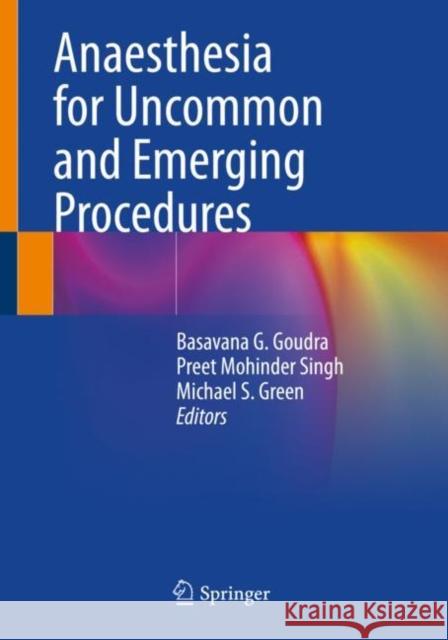Anaesthesia for Uncommon and Emerging Procedures » książka
topmenu
Anaesthesia for Uncommon and Emerging Procedures
ISBN-13: 9783030647414 / Angielski / Miękka / 2022
Anaesthesia for Uncommon and Emerging Procedures
ISBN-13: 9783030647414 / Angielski / Miękka / 2022
cena 625,41
(netto: 595,63 VAT: 5%)
Najniższa cena z 30 dni: 597,58
(netto: 595,63 VAT: 5%)
Najniższa cena z 30 dni: 597,58
Termin realizacji zamówienia:
ok. 22 dni roboczych
Dostawa w 2026 r.
ok. 22 dni roboczych
Dostawa w 2026 r.
Darmowa dostawa!
This book provides detailed and practical information for anesthesia providers worldwide who are challenged with providing anesthesia for both emerging and infrequently performed procedures. Concise and well-structured 42 chapters in this book provide accurate and up-to-date information that helps the reader to safely anesthetise patients presenting for a variety of procedures such as conjoined twin separation, pediatric heart and lung transplantation, pancreas and small intestine transplantation, endobariatric procedures, peroral endoscopic myotomy, jugular foramen tumors, robotic gynecological surgeries, proton beam therapy and many other complex surgeries and procedures.
Anaesthesia for Uncommon and Emerging Procedures fills a unique void long felt by anesthesia providers. The book is a must for in every department or library as it provides handy reference even for providers engaged in providing anesthesia for such procedures on a regular basis. Anesthesiologists, CRNAs/AAs and those in in preoperative clinics such as hospitalists and APRN/PA providers will find this book to be an invaluable resource for optimizing outcomes in anesthesia.











